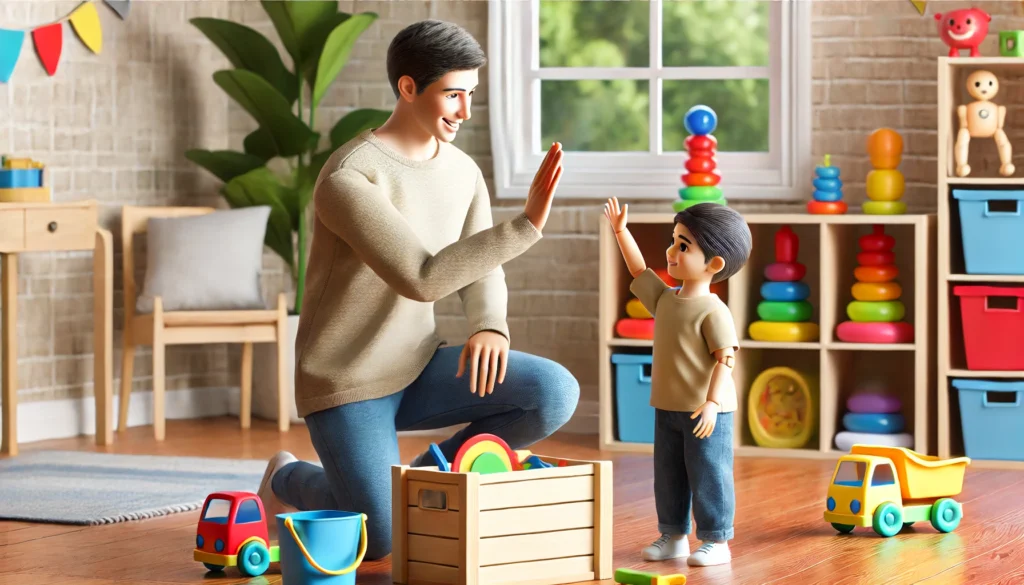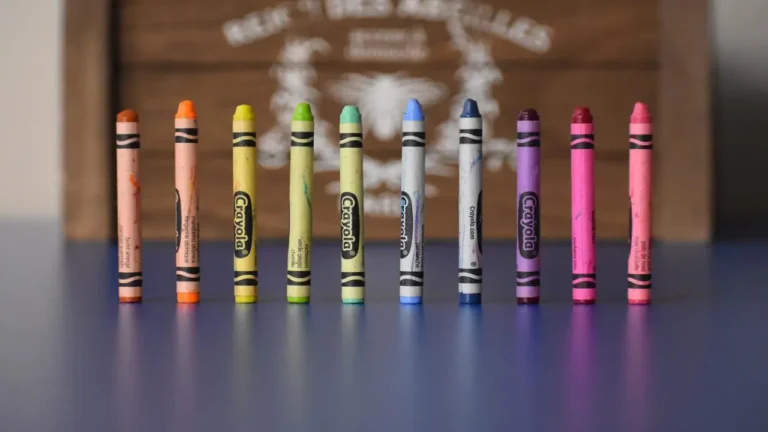How to Handle a Defiant Toddler: Effective Parenting Tips and Strategies

Handling a defiant toddler can be challenging, but it is a common part of childhood development. Understanding how to manage this behavior is crucial for maintaining a positive and peaceful home environment.
In this guide, we will explore effective strategies for dealing with defiant toddlers, including communication techniques, positive reinforcement, and setting consistent rules. By the end of this article, you’ll have practical tools and tips to better handle your child’s defiant behavior and foster a healthier parent-child relationship.
We’ll look into the reasons behind toddler defiance, provide actionable steps for managing their behavior, and offer insights into when to seek professional help. Whether you’re dealing with frequent tantrums or persistent defiance, these parenting tips will equip you with the knowledge and confidence to handle any situation.
Let’s get started on understanding how to handle a defiant toddler effectively and compassionately.
Understanding Toddler Defiance
Toddler defiance is a normal part of their development as they learn to assert their independence and test boundaries. It’s characterized by behaviors such as refusing to follow instructions, throwing tantrums, and saying “no” frequently. Understanding these behaviors can help you handle them more effectively.
What is Toddler Defiance? Defiant behavior in toddlers often stems from their growing desire for autonomy. At this age, children are learning to navigate their own will versus what is expected of them by parents and society. They might know the rules but struggle to follow them due to their immature cognitive and emotional regulation skills.
Common Signs of Defiant Behavior
Normal Developmental Stages Toddler defiance typically peaks around the age of 3 and gradually decreases as they grow older and develop better self-control. It’s important to remember that this phase is a natural part of their growth and learning process.
By recognizing these behaviors and understanding their developmental context, you’ll be better prepared to handle a defiant toddler with patience and empathy.
Effective Communication Techniques
Effective communication is key when handling a defiant toddler. It helps in reducing misunderstandings and guiding your child towards better behavior.
Importance of Clear Communication Clear and consistent communication helps toddlers understand what is expected of them. Use simple language and be specific with your instructions to avoid confusion. For instance, instead of saying “behave,” you might say, “Please pick up your toys and put them in the basket.”
Tips for Speaking to a Defiant Toddler
Using Positive Language and Tone Positive reinforcement is more effective than punishment. Praise your child for good behavior and offer encouragement. For example, “You did a great job putting away your toys!”
By incorporating these communication techniques, you’ll find that interactions with your defiant toddler become smoother and more productive. These strategies not only help in managing defiant behavior but also strengthen your parent-child relationship.
Positive Attention and Praise
Positive attention and praise are powerful tools in managing a defiant toddler. They reinforce good behavior and help your child feel valued and understood.
Role of Positive Reinforcement Positive reinforcement involves acknowledging and rewarding desirable behavior. This approach encourages your child to repeat the behavior in the future. It’s crucial to be consistent and immediate with your praise to make a strong impact.
How to Give Effective Praise
Positive Attention Activities
By consistently applying positive attention and praise, you’ll create an environment where good behavior is recognized and encouraged. This not only helps in handling defiant behavior but also builds your child’s self-esteem and confidence.
Setting Clear Rules and Consistent Consequences
Setting clear rules and maintaining consistent consequences are essential when dealing with a defiant toddler. These strategies help create a predictable environment, which can reduce defiance and promote better behavior.
Importance of Consistency in Rules Consistency is key to helping your toddler understand expectations. When rules are clear and consistently enforced, children are less likely to test boundaries repeatedly. This predictability gives them a sense of security and an understanding of what is expected of them.
How to Establish and Enforce Rules
Examples of Appropriate Consequences
By establishing clear rules and consistently applying consequences, you create a structured environment that encourages your child to follow guidelines and understand the repercussions of their actions. This approach not only helps manage defiant behavior but also teaches valuable lessons about responsibility and self-control.

Offering Choices and Alternatives
Offering choices and alternatives is an effective way to manage a defiant toddler. It gives them a sense of control, reducing the likelihood of defiance and encouraging cooperation.
Benefits of Giving Toddlers Choices When toddlers feel they have some control over their environment, they are more likely to cooperate. Providing choices can empower them and reduce power struggles.
How to Present Choices Effectively
Alternatives to Defiant Toddler Behavior
By offering choices and alternatives, you can help your toddler feel more in control and reduce defiant behavior. This strategy promotes cooperation and helps your child learn to make decisions.
Creating a Structured Routine
Creating a structured routine is crucial for managing a defiant toddler. Routines provide predictability, which can help reduce anxiety and improve behavior.
Importance of Routines for Toddlers Routines helps toddlers know what to expect, which can reduce defiant behavior. When children understand the daily schedule, they feel more secure and less likely to resist transitions.
How to Create and Maintain a Routine
Sample Daily Routine for Toddlers
By creating a structured routine, you can help your toddler understand what to expect throughout the day. This predictability reduces defiant behavior and makes transitions smoother. Additionally, routines can help establish healthy habits and ensure that your child gets the rest and nutrition they need.
Managing Emotional Outbursts
Managing emotional outbursts is a critical aspect of handling a defiant toddler. Understanding and addressing their emotions can help reduce the frequency and intensity of these episodes.
Techniques for Calming a Defiant Toddler
Helping Toddlers Understand and Express Emotions
Calming Activities
By understanding and addressing your toddler’s emotional needs, you can effectively manage their emotional outbursts. These techniques not only help in calming your child but also teach them valuable skills for emotional regulation.

Teaching Problem-Solving Skills
Teaching problem-solving skills to your toddler is essential for fostering independence and critical thinking. These skills will help them navigate challenges and reduce defiant behavior by providing them with constructive ways to handle frustration.
Encouraging Independence and Critical Thinking
How to Guide Toddlers Through Problem-Solving
Practical Examples of Problem-Solving Scenarios
By teaching problem-solving skills, you empower your toddler to handle challenges more effectively. This reduces defiant behavior and promotes a more cooperative and independent mindset.
When to Seek Professional Help
Sometimes, despite your best efforts, managing a defiant toddler may require professional assistance. Knowing when to seek help is crucial for ensuring your child’s well-being.
Signs that Professional Help May Be Needed
Types of Professionals to Consult
How to Find Support and Resources Reach out to your child’s school for resources and recommendations, or join parenting support groups for shared experiences and advice. Remember, seeking help is a proactive step towards fostering a healthy and happy environment for your child.
Conclusion
Handling a defiant toddler can be challenging, but with the right strategies and mindset, you can navigate this phase effectively. By understanding your child’s behavior, communicating clearly, and using positive reinforcement, you can create a supportive environment that encourages good behavior.
Remember to stay consistent with rules and consequences, offer choices, and help your child develop problem-solving skills. If needed, don’t hesitate to seek professional help. With patience and perseverance, you can help your toddler grow into a well-adjusted and cooperative child.







